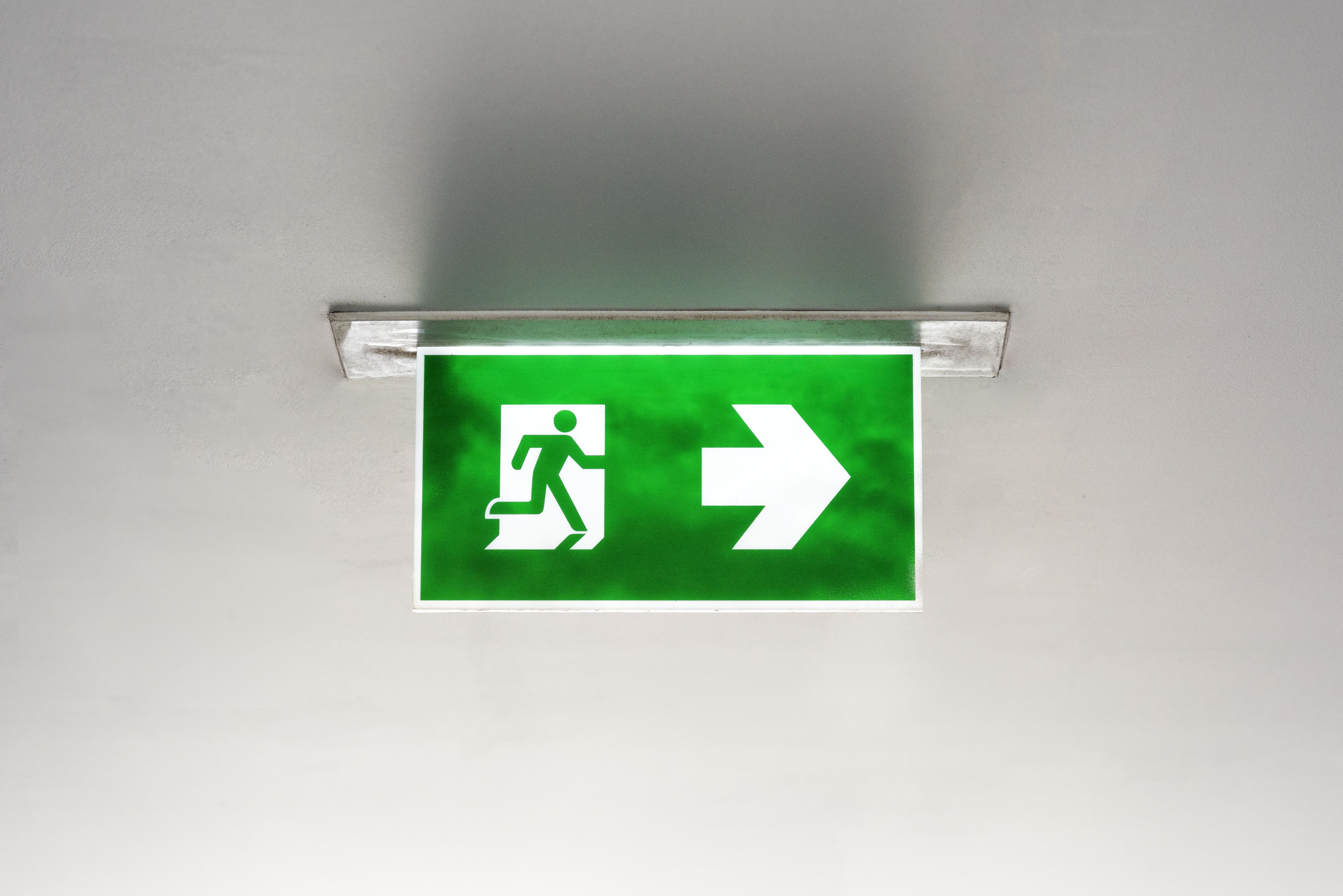
Projected Growth in the Passive Fire Protection Materials Market
Fire safety has not always been the focus of the building industry but it has definitely taken the...
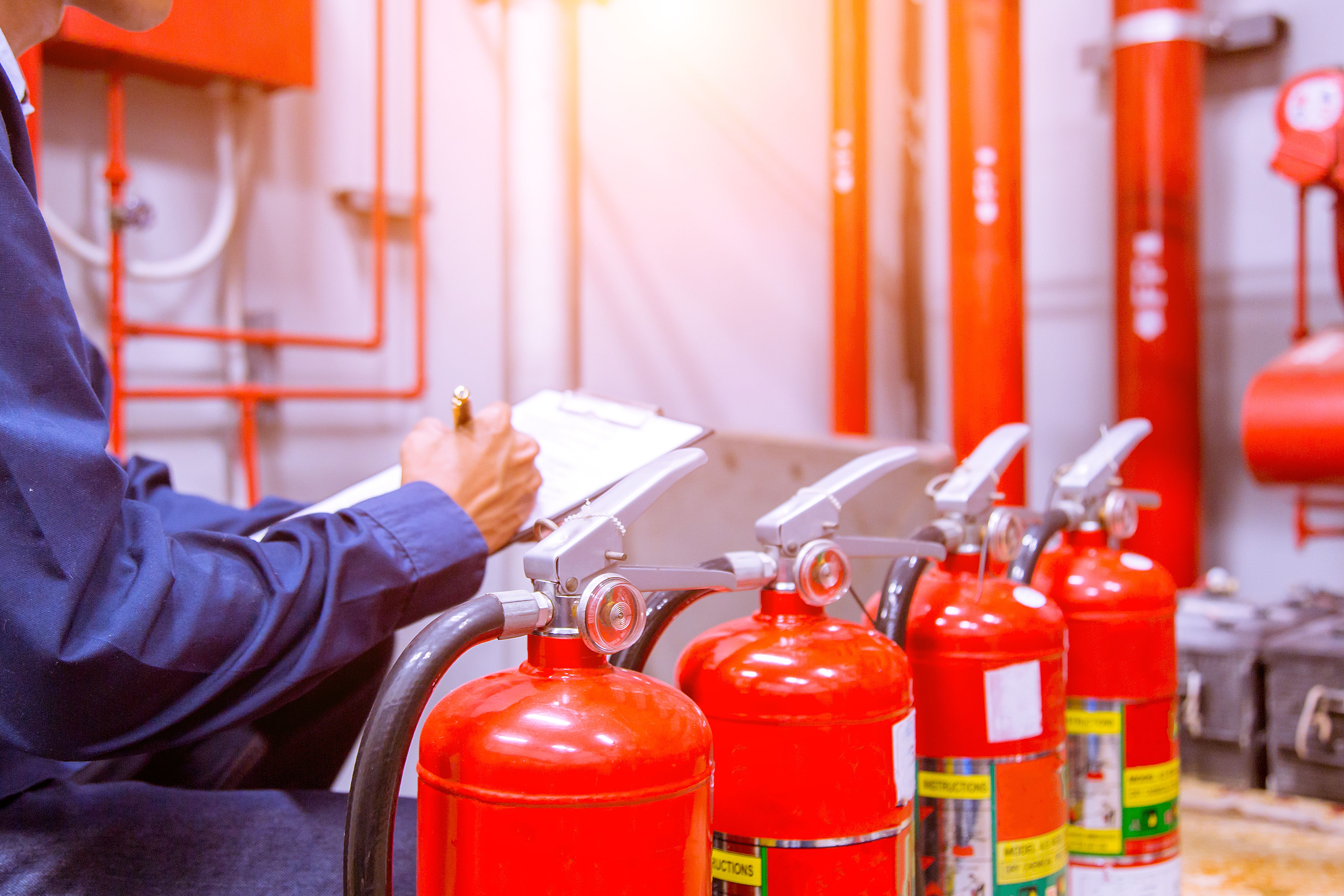
Let one of our representatives take you around the system.

Fire is no joking matter. It can be beautiful to look at, but in an instant with the right conditions, it can easily turn into a ranging blaze that can consume a building in minutes. In England in 2019/20, fire and rescue service attended 154,166 incidents, 28,503 of which were domestic or dwelling related. Knowing how to use fire stopping devices such as fire extinguishers can save lives and slow the spread of a fire, domestic or commercial.
A blaze can happen anywhere, and just as first aid can be life saving, so can fire stopping basics. It’s important to know what type of extinguisher to use, when and how to use it and when it’s time to evacuate to a safe place. With fires, the earlier you act, the better. However, knowledge can reduce the instinctive panic and bad decision-making, such as throwing water onto a cooking fire, which can cause the fire to spread rather than put it out. This is why it’s important to always have different types of extinguishers, at work and at home, in easy to reach places, ideally nearby areas where certain fires might occur.
Using a fire extinguisher is simple but it’s important to follow these steps carefully for success.
These are the basics on how to use a fire extinguisher. Just remember: break (the seal), (aim at the) base, and sweep (from side to side until out); break, base and sweep. There is another commonly used acronym (PASS) that can help you remember the steps:
Pay close attention to any warning labels and instructions on your fire extinguisher. There are other points to note, such as, if you’re using a carbon dioxide (CO₂) fire extinguisher, don’t touch the hose or horn as it get cold enough to damage your skin. Read the instructions!
There are different types of fires, and they all have to be fought with different methods. With wood fires, water can be used to put it out, but water cannot be used for grease or oil fires. As such, there are 6 different classes of fires:
There are five main types of fire extinguishers: water, foam, powder, CO₂ and wet chemical; and they each have a separate role to play in fire stopping. Some can be used on some types of fires, others, cannot. It’s important to know the type of fire to know what type of extinguisher can be used and cannot.
Here is a helpful image we found that sums it up:
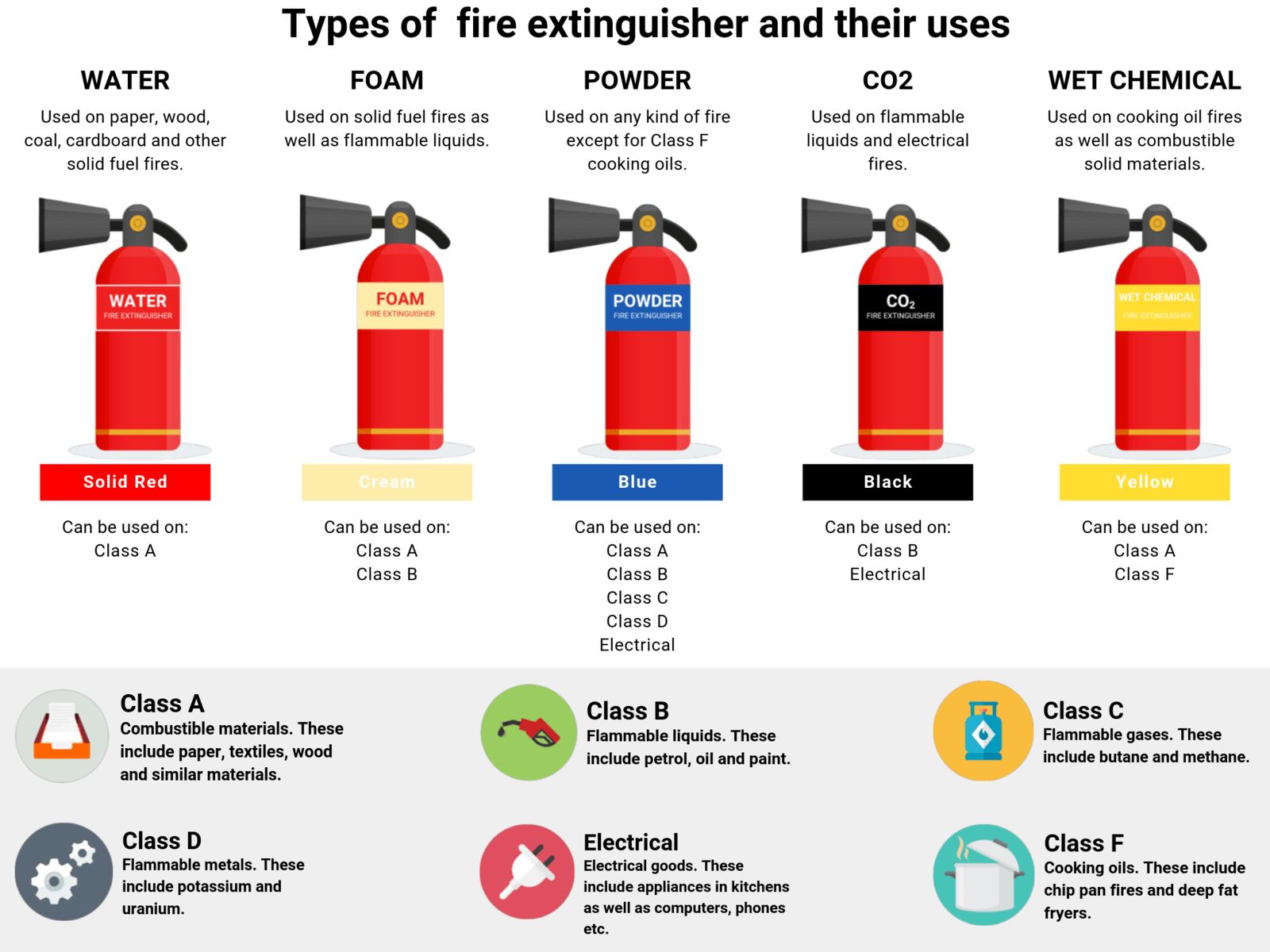
Because powder fire extinguishers are so versatile, they have become a great choice for home use when paired with a wet chemical extinguisher for the kitchen. However, it is always recommended to speak with a local fire stopping expert as they may have a more specialised solution for your needs.
Onetrace is the leading active and passive fire protection app in the UK market, providing a platform that’s designed for fire protection operatives, by fire protection operatives. Remote working, reduced administration, built in RIBA and accreditation workflow support, native photos and markup, and so much more.
Whether you’re ready to dive in and get your team working efficiently, or you just want to have a peek and think about it, there is an option for you. All you need to do is simply get in touch or request a demo. If you’re not ready to commit, that’s okay - you can try Onetrace completely free for 14 days with zero obligation or commitment. It’s that simple.

Projected Growth in the Passive Fire Protection Materials Market
Fire safety has not always been the focus of the building industry but it has definitely taken the...
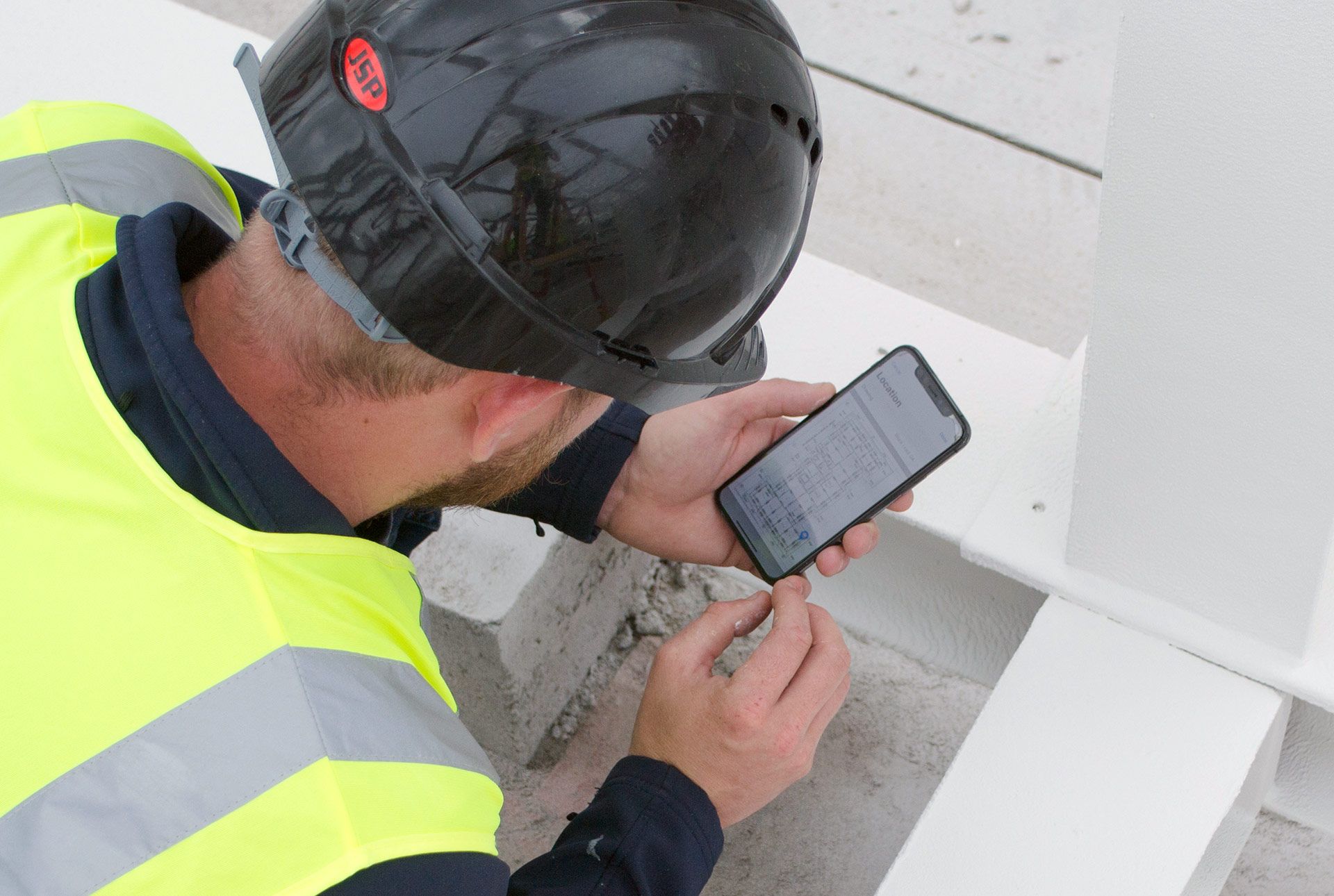
Why Work With a Company That Uses Onetrace for Passive Fire Protection?
Onetrace is the new kid on the passive fire protection app block (Wow, that’s a mouthful!), but we...
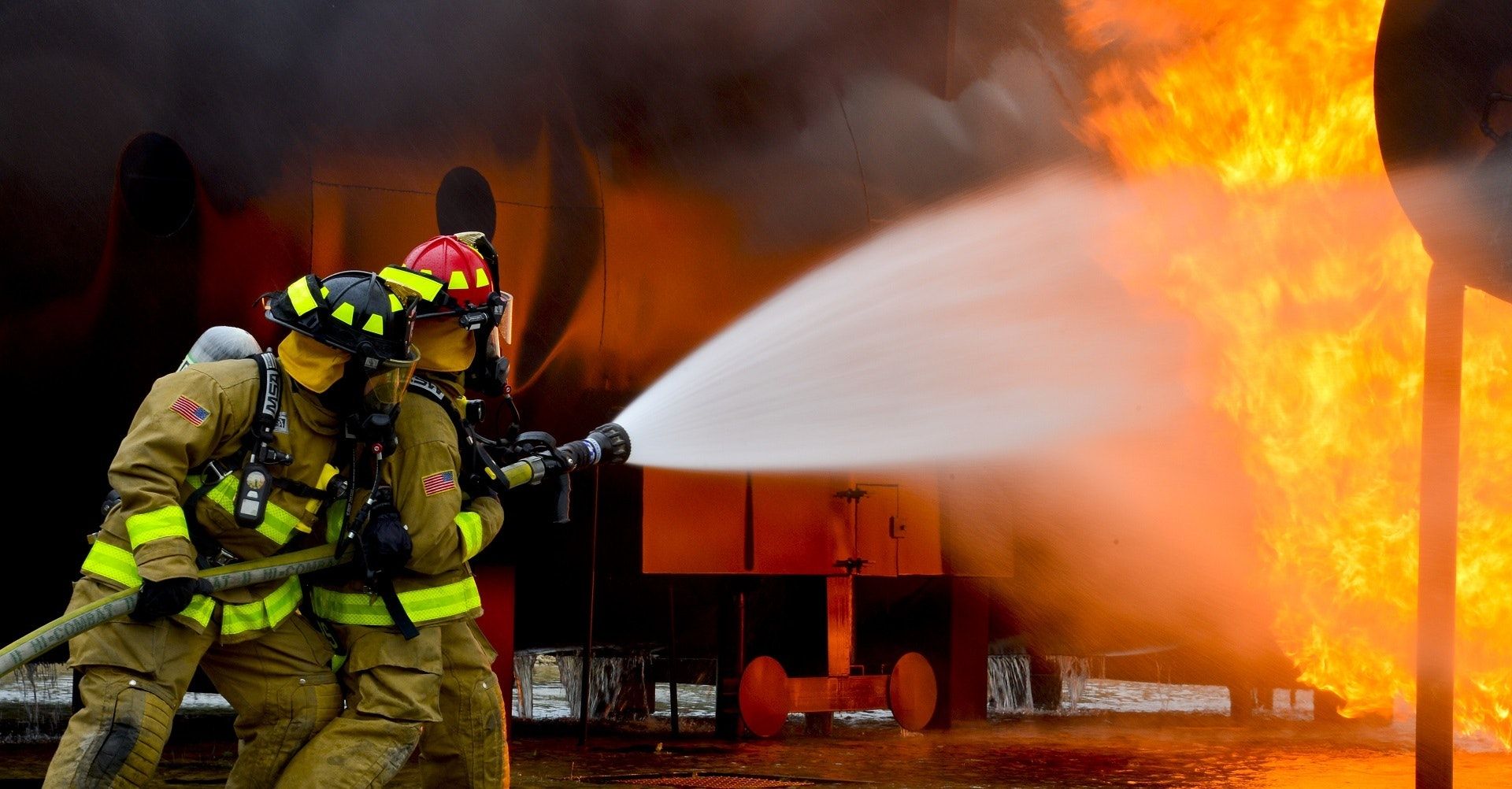
Fire protection traceability and transparency
Since 2017, the fire safety industry has been in the hot seat, with a spotlight on improving safety...